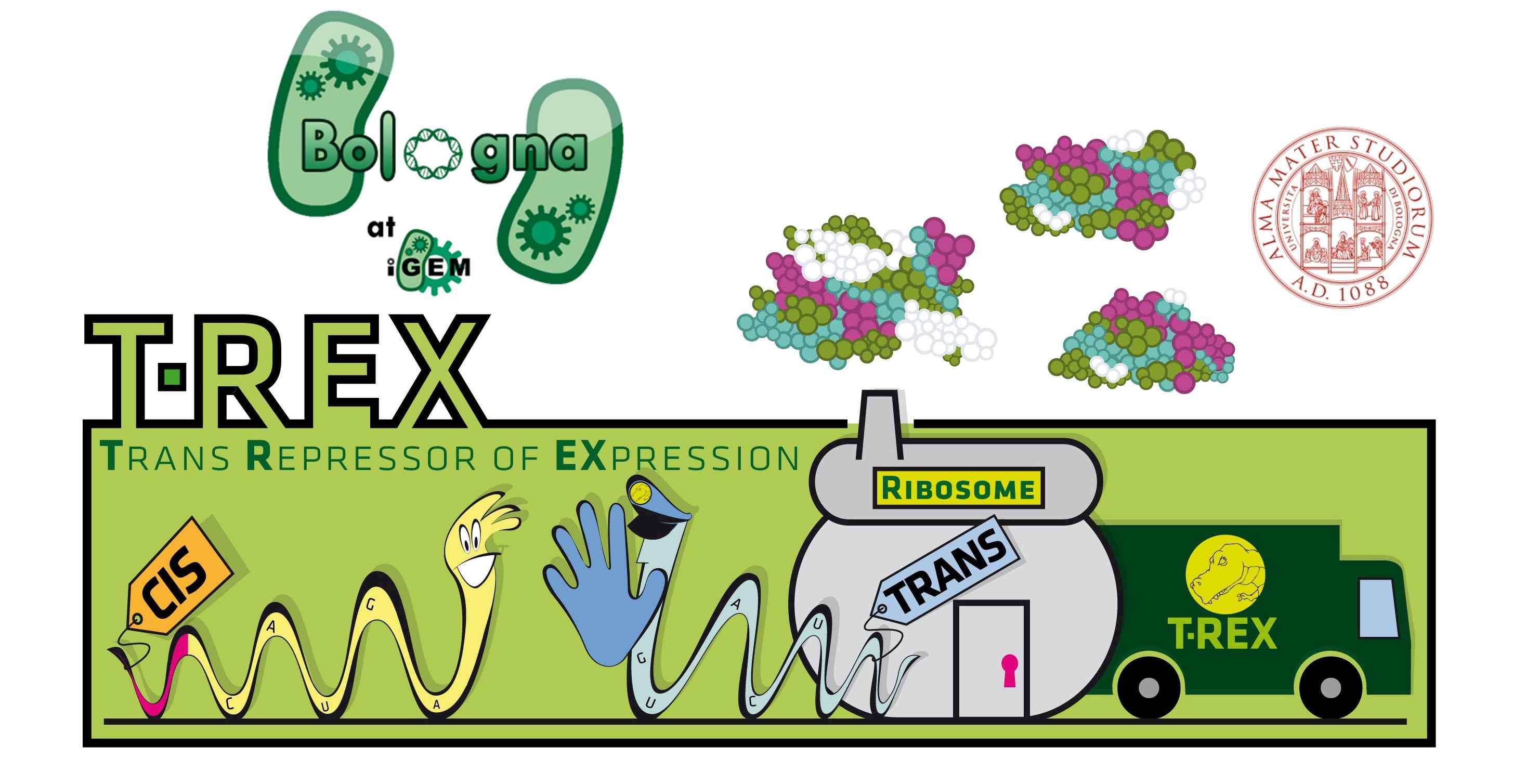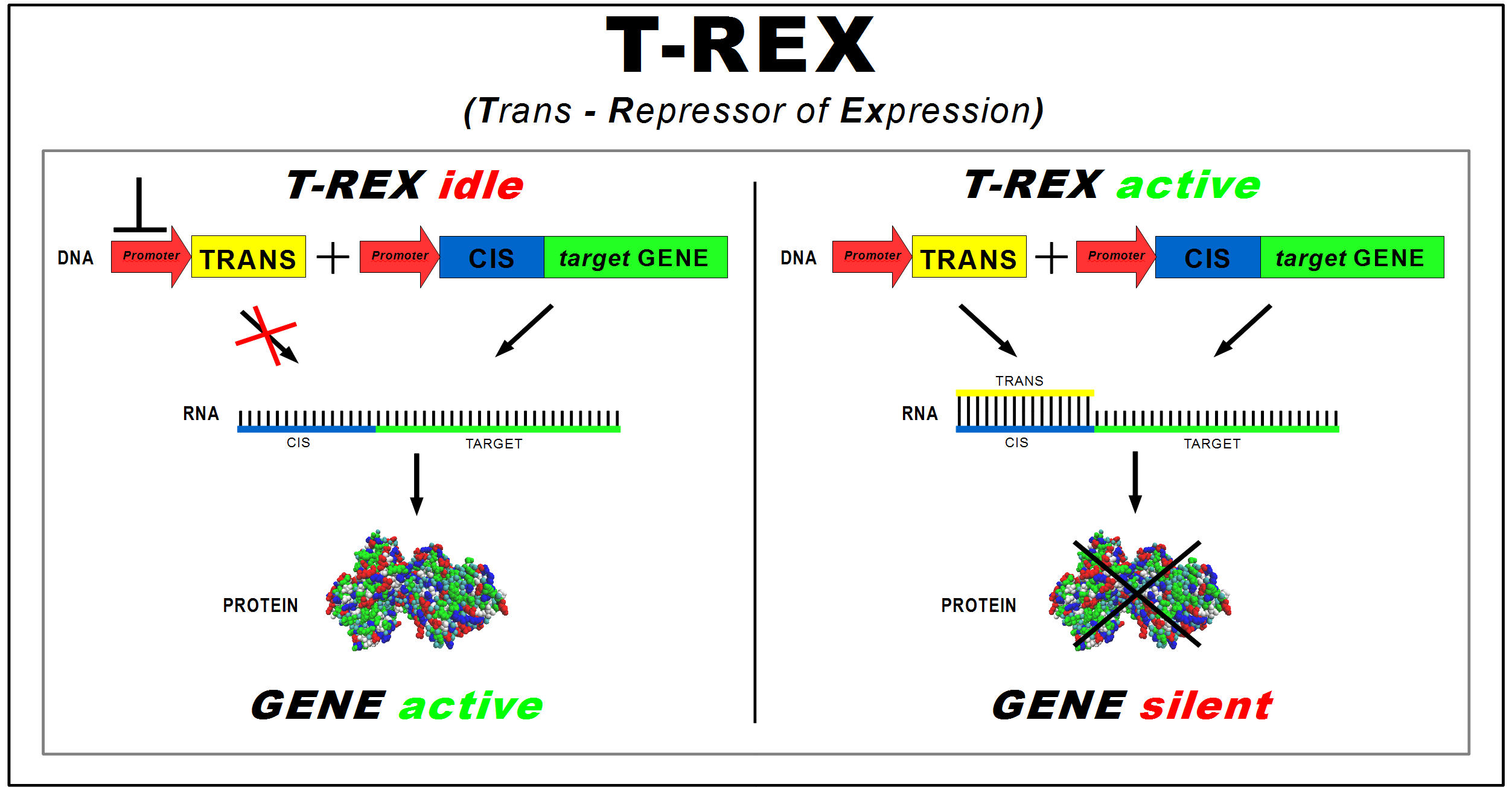Team:Bologna
From 2009.igem.org
| Line 50: | Line 50: | ||
<html> | <html> | ||
<font face="Calibri" font size="4" color="#000000"> | <font face="Calibri" font size="4" color="#000000"> | ||
| - | In order to test and characterize our T-REX device, we developed the following genetic circuit (Fig 2): | + | In order to test and characterize our T-REX device, we developed the following genetic circuit (Fig 2): |
</html> | </html> | ||
<br><br> | <br><br> | ||
| - | [[Image:circuit2OK.jpg|center|900px|thumb|<center>Figure 2 - Genetic Circuit</center>]] | + | [[Image:circuit2OK.jpg|center|900px|thumb|<center>Figure 2 - Genetic Circuit to test CIS and TRANS' mRNA affinity</center>]] |
| - | + | <br><br> | |
| - | <br><br><br> | + | <br> |
More details about our work are reported in the [[Team:Bologna/Project|Project]] section. | More details about our work are reported in the [[Team:Bologna/Project|Project]] section. | ||
<br> | <br> | ||
Revision as of 21:13, 21 October 2009
| HOME | TEAM | PROJECT | SOFTWARE | MODELING | WET LAB | PARTS | HUMAN PRACTICE | JUDGING CRITERIA |
|---|
Project Summary
Our idea
The aim of our project is the design of a standard device to control the synthesis of any protein of interest. This "general-purpose" device, implemented in E. coli, acts at the translational level to allow silencing of protein expression faster than using regulated promoters. We named this device T-REX (Trans Repressor of Expression).
How T-REX works
The device consists of two new BioBricks:
CIS-repressing and TRANS-repressor sequences were designed by BASER software.
Transcription of the target gene yields a mRNA strand - containing the CIS-repressing sequence at its 5' end - available for translation into protein by ribosomes (see Fig. 1, left panel). When the promoter controlling the TRANS coding sequence is active, it drives the transcription of an oligoribonucleotide complementary to the CIS mRNA sequence. The TRANS/CIS RNA duplex prevents ribosomes from binding to RBS on target mRNA, thus silencing protein synthesis. The amount of the TRANS-repressor regulates the rate of translation of the target mRNA (see Fig. 1, right panel)
How we can test the device
In order to test and characterize our T-REX device, we developed the following genetic circuit (Fig 2):
More details about our work are reported in the Project section.
</font>
Acknowledgements
- [http://www.unibo.it/Portale/default.htm University of Bologna]
- [http://serinar.criad.unibo.it Ser.In.Ar. Cesena]
- Cultural Association San Sebastiano
 "
"






